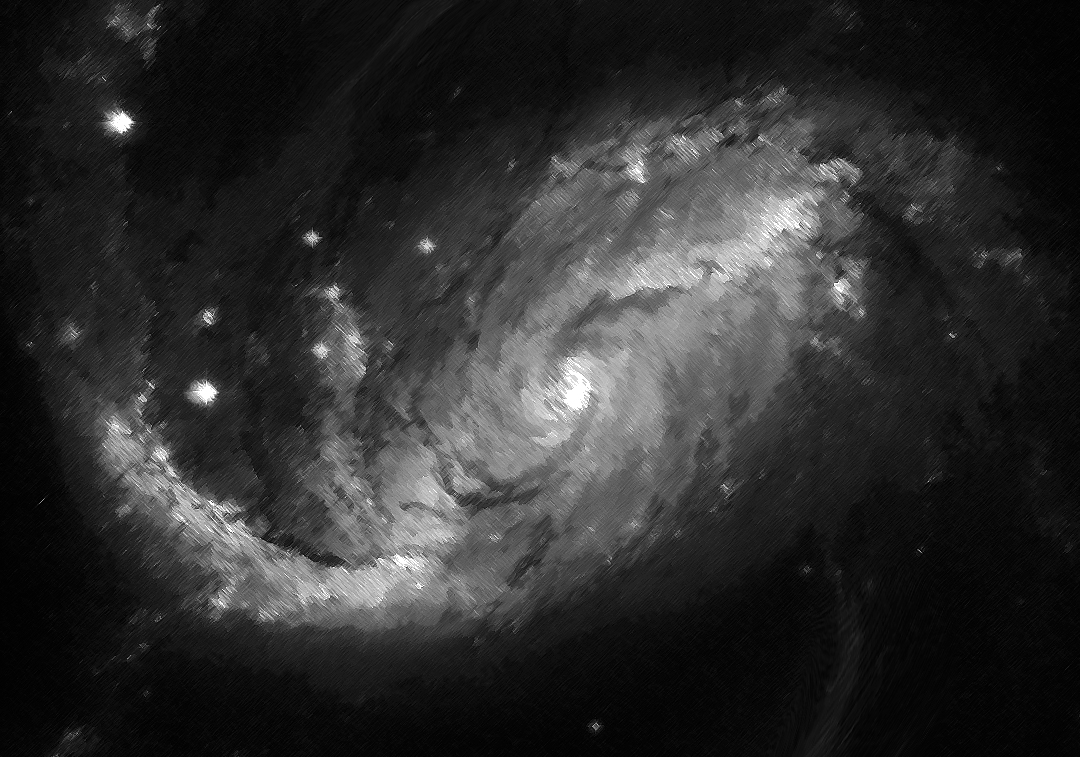
Emma Wilson
A team of 12 astronomers led by Yale astronomy and physics professor Pieter van Dokkum has discovered a new galaxy.
While there are hundreds of billions of galaxies in the universe, this discovery is especially important because the galaxy contains at least 400 times less dark matter than expected. Dark matter, which is not directly visible, is the scaffolding on which the universe’s structure is built.
“Years of research have led the community of astronomers to believe that galaxies form within these cradles of dark matter, and those dark matter haloes tend to be much more massive than the galaxy within them,” co-author Yotam Cohen GRD ’22 said. “This is the first observation of a galaxy that seems to be lacking most if not all of its dark matter.”
The study, which was published in the journal Nature on March 29, was picked up by over 200 news outlets according to Cohen. Most of the team is affiliated with either Yale or the University of Toronto, but it also included astronomers from San Jose University, University of California Observatories and the Harvard-Smithsonian Center for Astrophysics.
The researchers first identified this galaxy two years ago, using the Dragonfly telescope located in New Mexico, which van Dokkum built along with University of Toronto astronomer Roberto Abraham. The Dragonfly telescope has telephoto lenses that enable it to study faint phenomena in the universe.
When constructing the telescope, “We started with tests in my basement with a toy flashlight and a paperclip,” van Dokkum said.
After finding the galaxy, the team observed the motion of its star clusters in more detail using Keck telescopes in Hawaii. By studying the way light shifts in the galaxy, the researchers determined the direction and velocity of its moving objects, which indicated the mass of the galaxy in relation to its dark matter halo.
The amount of mass holding the galaxy together is much less than what the researchers expected, van Dokkum said.
“We expected the opposite,” van Dokkum recounted. “In 2016, we had found a galaxy that looks pretty much like this one, and that galaxy had an excess of dark matter. We dubbed that galaxy the ‘dark twin of the Milky Way.’ This object is a lot closer to us than the other one and we found the opposite.”
This new galaxy belongs to a class of ultra-diffuse galaxies, which are about the same size as the Milky Way but have about one two-hundreth of the number of stars. They are characterized by a faint and diffused appearance.
“It’s very blob-y like,” Shany Danieli GRD ’20, the study’s second author, said. “You don’t see a lot of structure[s] like this in the Milky Way.”
Cohen and van Dokkum said that the results of this study question a class of theories referred to as MOND, or Modified Newtonian dynamics. These theories suggest that material dark matter does not actually exist and that the effects of dark matter are always present on galactic scales. The different motions of galaxies, the theories indicate, are actually determined by modifying the laws of gravity.
“By showing that dark matter isn’t present here, it poses a strong challenge to these Modified Newtonian dynamic theories,” Cohen said.
Van Dokkum agreed, saying the results indicate that dark matter is a characteristic that a galaxy can either have or not have.
The researchers hope to study ultra-diffuse galaxies like this one in more detail to better understand them and more accurately gauge how much dark matter they contain, if any. Danieli explained that it is not clear whether this galaxy was formed with no dark matter, or whether it was formed inside a dark matter halo and the dark matter was ejected outside.
On a broader scale, Danieli said the results speak to an expanding picture of how galaxies are formed.
“It feels like we’ve just started to explore this whole new regime of things that we didn’t know anything about,” van Dokkum said.
Meera Rothman | meera.rothman@yale.edu







